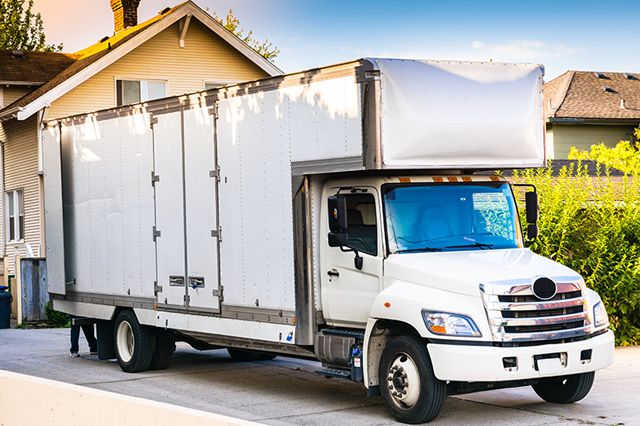Start your packing well ahead of time; it's not only easier on you, but on your pets as well. During the time leading up to your move, try to keep your pets' eating and exercise schedules as normal as possible. Give them the same amount of attention and affection as you always do.
Things to do before your move
- Get copies of certificates, medical and immunization records from your veterinarian.
- Purchase identification tags with your new address.
- If you're planning to travel by air, schedule your flights early and try to book a direct flight - this will be much easier on your pet. You need to find out what the airline's regulations are for transporting your pet. You will also need to find out what kind of crate will be necessary to contain your dog or cat.
- If you're driving and the trip will take more than one day, be sure and check ahead and reserve motels that will accept pets.
- Contact the state to which you're moving and find out the regulations regarding animals. Some states require an entry permit for pets.
- If your new home is nearby it's a good idea to take your pets for a visit and let them become familiar with the neighborhood and the new sights and smells. This is especially true of dogs. Of course, keep the dog on a leash and the cat in a carrier.
On Moving Day
All the confusion is certain to upset your pets so the best solution is to have a friend or family member keep your dog or cat while the loading is being done. If that isn't an option, keep your pet in a small room, perhaps a bathroom along with sufficient food, water, litter box for the cat and some favorite toys. Attach a "Do Not Enter" sign on the door so the pet is secure and wont accidentally be set free.
The packing and loading are all done and now it's time to head for your new home. There are things you'll want to make sure are packed for you pet. These include:
- The new identification tags.
- Medications and veterinarians records.
- Recent pictures of your pet in case it becomes lost.
- Litter box or scoops and plastic bags.
- Paper towels in case there are accidents.
- Leashes.
- Toys and treats.
- Food and water bowls.
- Can openers and cans that can be resealed.
- Regular food and water from the old house (enough for several days). Different water can upset an animal's digestive tract so it's a good idea to provide water from the old house for the first few days of moving. This would not be a good time to try a new brand of food either!
Your New Home- At Last
When you finally arrive at your new home, let your pet explore with your supervision. Then place the dog or cat in a small room with a crate or bed (and, of course a little box for the cat) while the unloading and unpacking are taking place. Make sure to put some favorite toys in there and perhaps an old sweatshirt, or something that smells familiar.
It's very important that you not let your pet outside alone without a lead or tie for the first few days. cats usually require about a week but dogs adapt quicker. You don't want your pet to wander away and get lost.
Your pet may be insecure and more prone to misbehaving during the first few days in a new environment. Try to be patient and not punish the initial misbehavior, instead, try and find ways to reduce stress. Extra TLC can go a long way toward making pets more comfortable. It's also a good idea to follow the usual feeding and exercise schedule.
Enjoy your new home!









